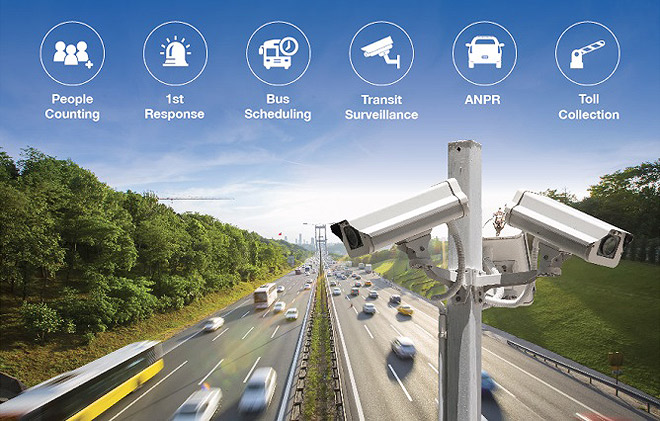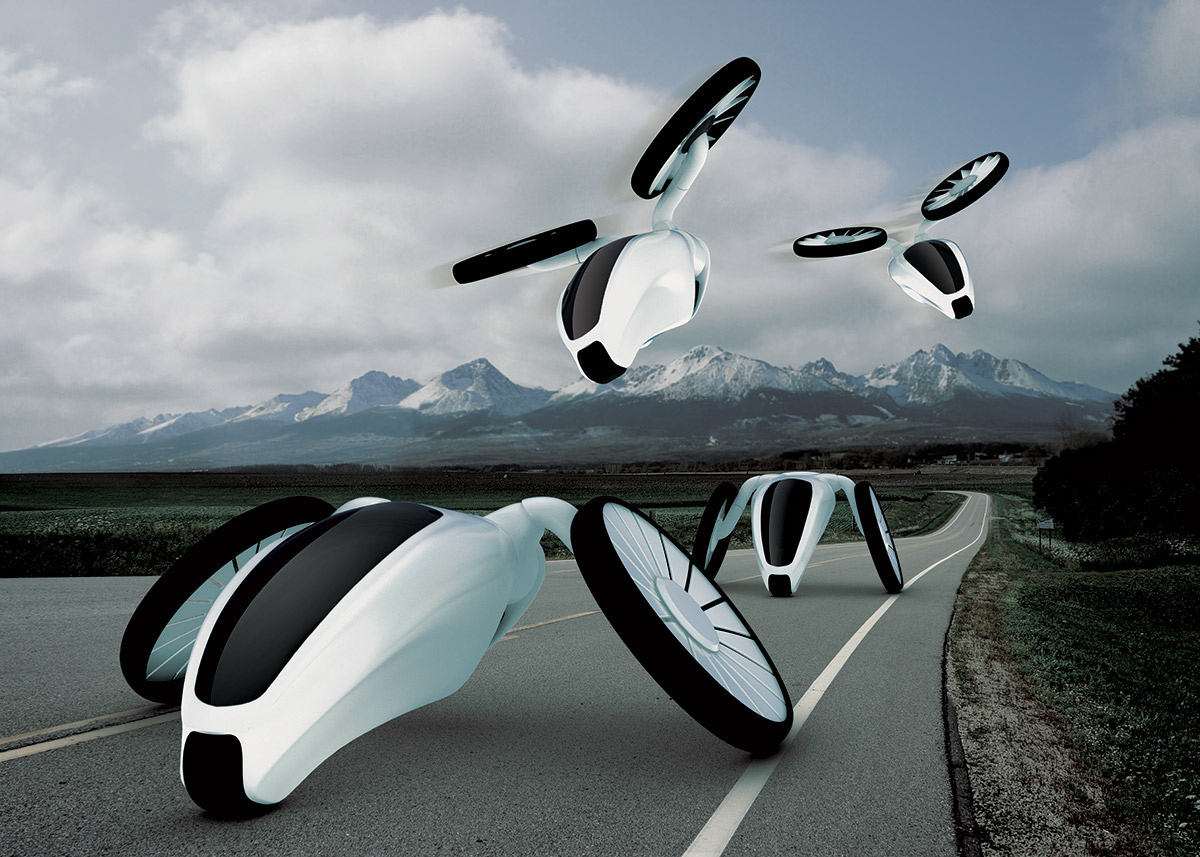As we stand on the precipice of the fourth industrial revolution, the world of transportation is undergoing a seismic shift. The advent of Intelligent Transport Systems (ITS) is revolutionizing the way we move, promising to enhance efficiency, safety, and sustainability. But what exactly does an intelligent transport system include? This article aims to delve into the intricate components of ITS, shedding light on its potential to reshape our transportation landscape.
At its core, an Intelligent Transport System is a fusion of information technology and communication systems, designed to improve traffic management, enhance mobility, and reduce environmental impact. It is a broad umbrella term that encompasses several key components, each playing a pivotal role in the functioning of the system.
- Advanced Traffic Management Systems (ATMS): ATMS are designed to improve traffic flow and reduce congestion. They include traffic signal control systems, real-time traffic monitoring, and incident management systems. These systems use data collected from various sources to provide real-time traffic information, enabling authorities to manage traffic effectively.
- Advanced Traveler Information Systems (ATIS): ATIS provide real-time, multimodal transportation information to travelers, helping them make informed decisions about their travel. This includes information on traffic conditions, travel times, route guidance, and public transportation schedules.
- Advanced Vehicle Control Systems (AVCS): AVCS are systems that assist drivers in controlling their vehicles. These include adaptive cruise control, lane departure warning systems, and collision avoidance systems. AVCS are a crucial component of autonomous vehicles, which are a key aspect of ITS.
- Commercial Vehicle Operations (CVO): CVO involves the use of ITS technologies to improve the efficiency and safety of commercial vehicles. This includes electronic credentialing, automated vehicle identification, and weigh-in-motion technologies.
- Public Transportation Systems: ITS technologies are also used to enhance the efficiency and convenience of public transportation. This includes real-time passenger information systems, automatic fare collection, and bus priority systems.
- Emergency Management Systems: These systems use ITS technologies to enhance the response of emergency services. This includes emergency vehicle notification systems, automated vehicle location systems, and disaster response systems.
- Maintenance and Construction Management: ITS technologies are used to improve the efficiency of road maintenance and construction activities. This includes automated vehicle location systems, maintenance decision support systems, and work zone management systems.
The potential of Intelligent Transport Systems is immense. By integrating advanced technologies into our transportation infrastructure, we can create a system that is not only more efficient and safer but also more sustainable. However, the implementation of ITS is not without its challenges. Issues such as data privacy, system interoperability, and the need for significant investment are all hurdles that need to be overcome.
In conclusion, Intelligent Transport Systems represent the future of transportation. They offer a holistic approach to addressing the myriad challenges faced by our current transportation infrastructure. By understanding what an intelligent transport system includes, we can better appreciate its potential and work towards its successful implementation. As we move forward into the future, ITS will undoubtedly play a pivotal role in shaping our transportation landscape.


